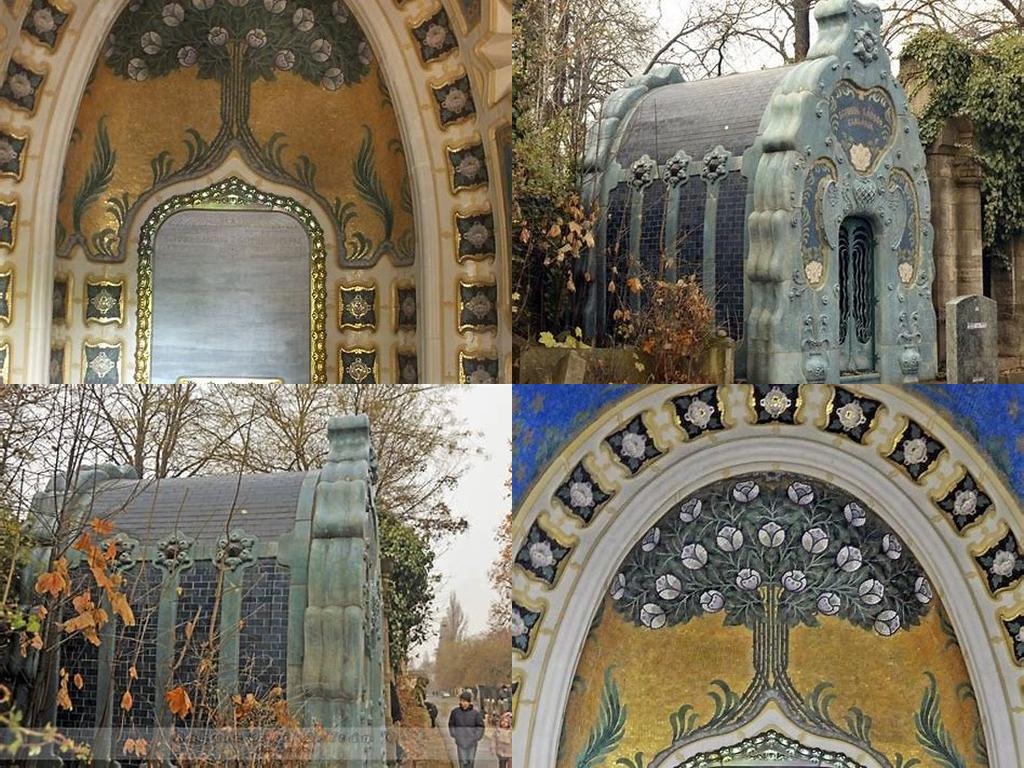
Schmidl-síremlék is one of those rare gems that feels hidden in plain sight in the heart of Pécs, a city already overflowing with history and atmospheric streets. Located within the unusually beautiful Pécsi Köztemető (Cemetery of Pécs), this tomb isn’t just a final resting place, but a statement—one full of stories. As you meander along the cemetery’s tree-lined paths, you’ll notice a sudden shift as you near the tomb; the air seems to hum with memories that predate our own. The cemetery itself became active in 1864, and that sense of age and layered lives seeps into every stone. Amidst the quiet solemnity of mossy headstones and gently leaning crosses, the Schmidl Tomb brings its own boldness and a surprising dose of color.
When you first catch sight of the Schmidl-síremlék, you might question whether you’ve somehow stumbled into a forgotten corner of Barcelona. This is thanks to its architect, Ödön Lechner, one of Hungary’s most renowned figures of architecture, often described as the “Hungarian Gaudí.” Completed in 1903, the tomb stands out for its breathtaking embrace of the Art Nouveau, or “szecesszió” as it’s called in Hungary. Don’t be surprised if you find yourself transfixed by the swirling blue-and-white Zsolnay ceramics, the domed roof sparkling even on gray days, and the almost whimsical patterns that seem to dance across the structure. The Zsolnay family, who revolutionized ceramics in Pécs—indeed, the entire region—is intimately tied to this piece. The tomb not only commemorates the Schmidl family, but also serves as a bold ambassador for the city’s artistic soul.
There’s a distinct openness about the Schmidl-síremlék that invites longer than expected moments of contemplation. While it is a Jewish burial place, mirroring the significant Jewish community that once flourished here, it goes beyond just religious symbolism. Notice the subtle merging of Hungarian folk motifs with Jewish symbols and classic Art Nouveau flourishes—the result speaks eloquently about layered identity and the Spirit of Place. Details like the ceramic peacock feather patterns and the organic lines winding around the entryway are easy to miss if you walk by too quickly. If you wander to the rear, you’ll spot a Star of David floating above lush ceramic foliage, a perfect example of the blend that makes this tomb so special. There are few places where the genius of Hungarian design, local crafts, and cross-cultural memory come together in this way.
It’s not unusual to stumble upon photographers and architecture fans absorbed in trying to capture the tomb’s unique geometry, or to find artists sketching the serene view. Local legend has it that many a student from the music academy has ducked into the cemetery for a bit of inspiration or quiet practice. The structure itself, with its gentle curves and echoing arches, seems to radiate peacefulness, despite being surrounded by so many stories of life and death. It’s easy to sit nearby for a while and imagine the Pécs of the early 20th century, bustling with merchants and artisans, each leaving their own mark—just as the Schmidl family and Lechner did.
No trip to Pécs feels complete until you’ve explored its layers beyond the main squares. The Schmidl Tomb offers a different perspective, one that’s both intimate and cosmopolitan. Bring a camera, a sketchbook, or just an open mind. Even if you come for fifteen minutes, you might stay a little longer, surprised at how much this small, iridescent building has to say.





